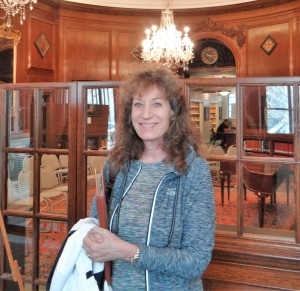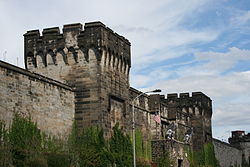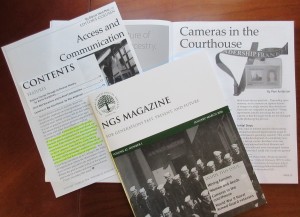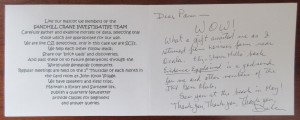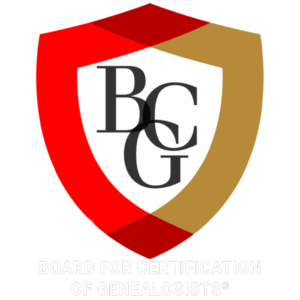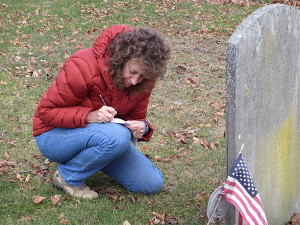
And it’s even FUN!!
For the whole FAMILY!!!
And you just might find an answer to your family GENEALOGY questions in the process!
The first ever Franklin County Cemetery Scavenger Hunt will take place, beginning on May 2 and run till May 27, 2016. With spring finally here, people are looking for something to do outdoors – and this just may be the ticket! Especially since all correct entries will be entered into a drawing for 3 cash prizes – $100, $75 and $50!
Fifteen locations have been chosen this year that will take people to grave sites and monuments throughout southern Franklin County.
Since May is Memorial Day Month, this is a good way to remember those we have lost. And when you’re out and about, take special note of DAR and GAR grave markers as well as the men and women who participated in other military conflicts. I can guarantee that the military is represented in just about every one of our Franklin County Cemeteries.
I did say CASH prizes, right??? Packets ($8.00 per entry) will include the questions and maps – even Flat Ben – and can be picked up at the Franklin County Historical Society during normal business hours beginning Monday, May 2.


